Chennai, Aug 15 (V7N) – For Indian cinema icon Rajinikanth, 50 years in the film industry is not merely a tale of survival—it is a saga of dominance, devotion, and cultural transformation. Over five decades, cinema halls have turned into temples, and audiences into devotees, with the Tamil film industry serving as his primary stage and kingdom.
In 1975, a young Sivaji Rao Gaekwad—soon to be known as Rajinikanth—stepped onto the sets of Apurva Raagangal in Madras (now Chennai). His debut role was brief but memorable, setting the stage for an unparalleled career. Nearly 50 years later, with over 170 films to his name, his latest release Coolie—opening August 14—mirrors his own journey, portraying a working-class hero standing up to a tyrannical villain.
At 74, Rajinikanth commands a devotion few can match. Temples have been built in his honor, airplanes have borne his image, and his fan base stretches from Tamil Nadu to Japan. His life story—rising from a bus conductor to one of India’s most beloved stars—has become a modern legend, transcending language, class, and geography.
From humble beginnings as the youngest of four children in a poor household, Rajinikanth worked as a coolie and later as a bus conductor before his theatrical talents were noticed. With the help of friends, he joined the Madras Film Institute, where director K. Balachander gave him his big break. Rejecting the era’s fair-skinned, soft-spoken hero mold, Rajinikanth’s dark complexion, rural charisma, and street-smart persona became his trademarks.
His early acclaim came from playing villains and complex roles in Apurva Raagangal, Mundru Mudichu, and Pathinaru Vaiyathinile. By the 1980s, with films like Billa, he became an action hero, later transforming into a larger-than-life superstar in blockbusters like Sivaji and Enthiran. His 1998 hit Muthu unexpectedly conquered the Japanese market, cementing his global reach.
Critics once called him merely a “style king,” but the moral core of his characters—honesty, courage, humor, and fairness—resonates across generations. Director S. P. Muthuraman, who worked with him on 25 films, credits his hard work, humility, and reliability as the foundation of his enduring success.
Rajinikanth’s fan base is legendary. Naman Ramachandran, author of Rajinikanth: A Definitive Biography, notes that his admirers range from Wall Street bankers to street cleaners in Tamil Nadu. His fan clubs—numbering nearly 50,000—organize blood drives, charity events, and relief efforts. His home in Chennai has become a pilgrimage site, and movie releases are celebrated like religious festivals, complete with flower showers, milk anointments of giant cutouts, and coins thrown at the screen.
The 2015 documentary For the Love of a Man captures the extremes of this devotion—fans mortgaging homes and selling gold to celebrate a new release. “He is the embodiment of what they want to be—humble, ethical, but strong when needed,” says producer Rinku Kalsi.
While many Tamil film legends have entered politics, Rajinikanth has remained outside the electoral arena, which some say has preserved his moral standing among fans. As film historian Theodore Baskaran observes, “The great stars of Tamil cinema once occupied the place of folk gods”—and Rajinikanth is perhaps the last and greatest of them.
This year’s celebrations are at fever pitch. In Madurai district, one devotee has built a temple adorned with 5,500 images of the superstar, with a statue for worship. For millions, Rajinikanth is not just an actor—he is a living legend whose story is as extraordinary as the characters he plays.
END/SMA/AJ



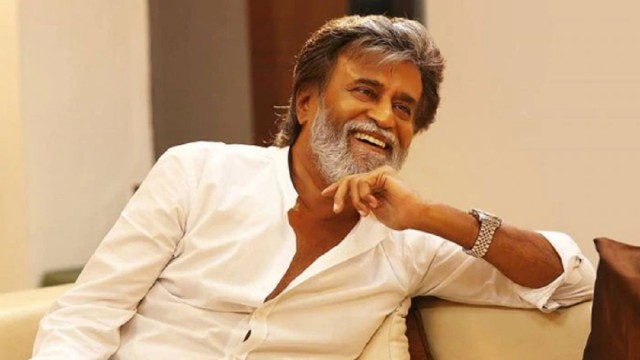
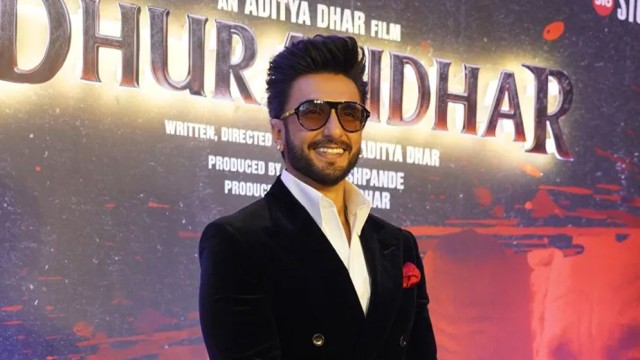
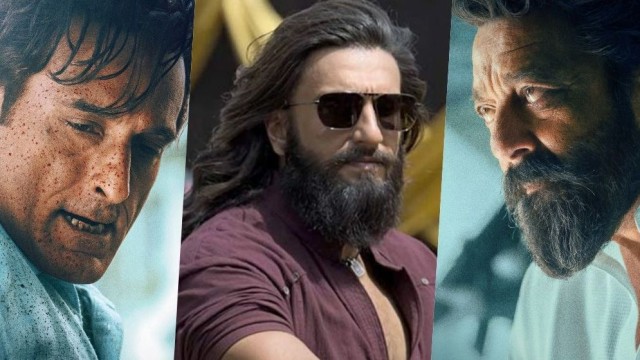






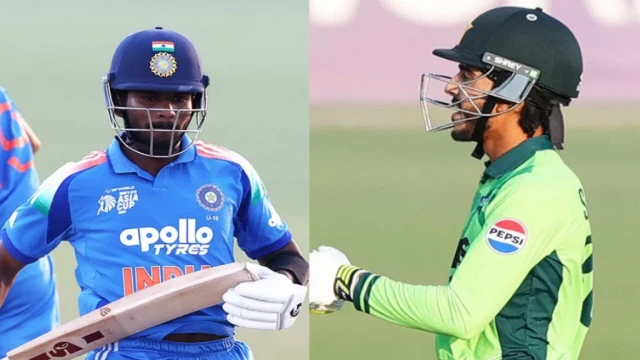
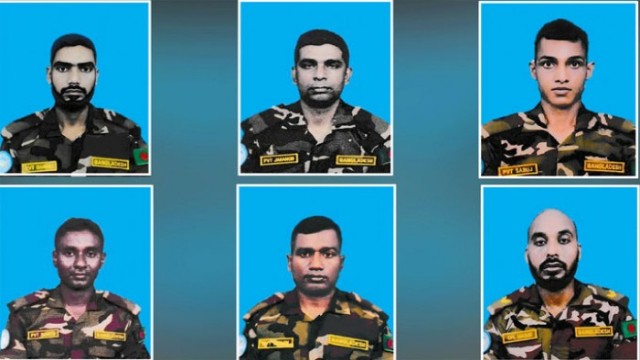

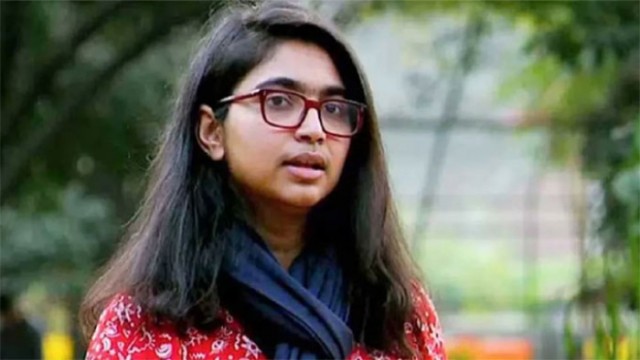
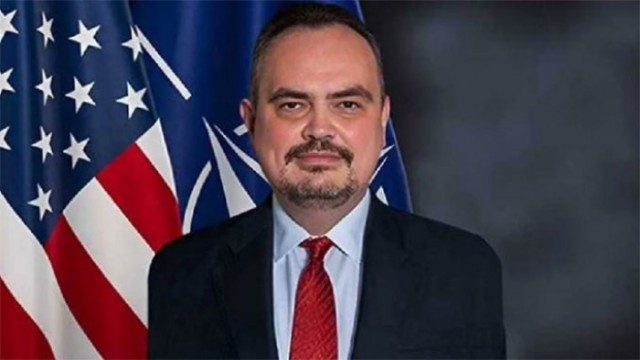
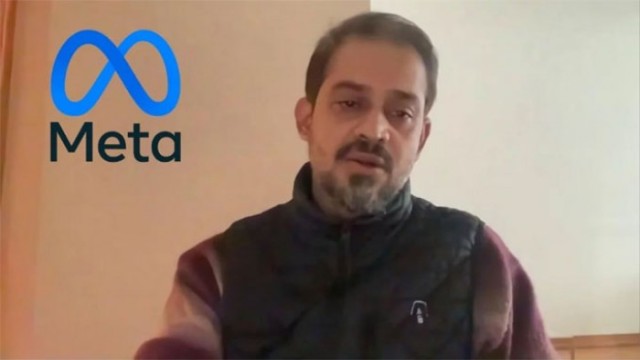
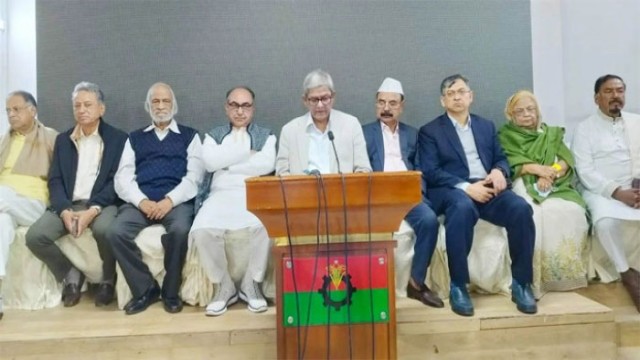
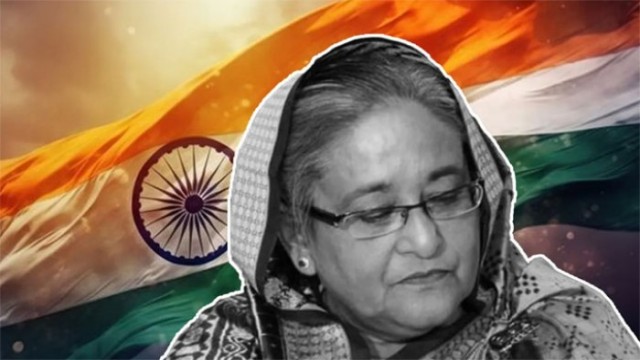

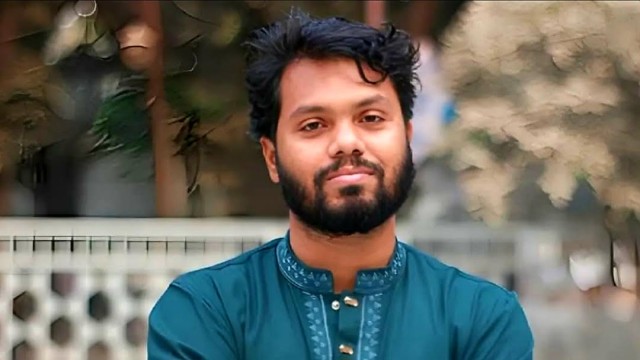
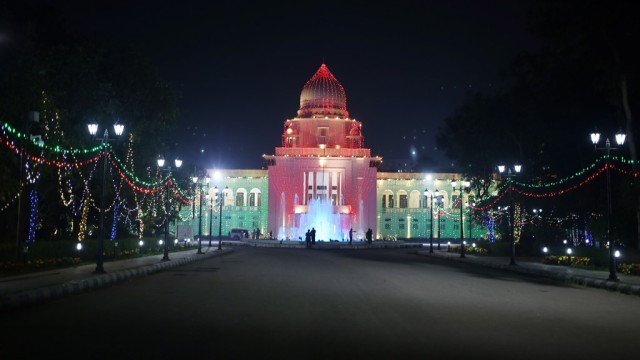
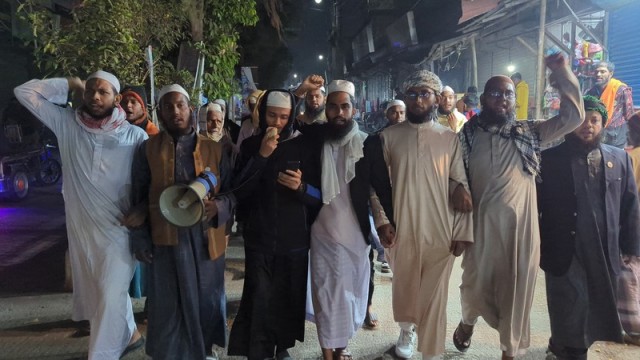

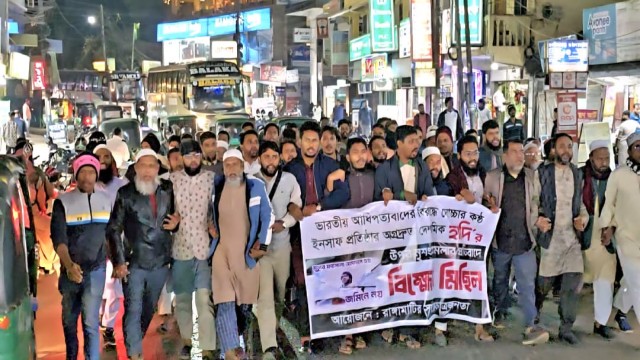
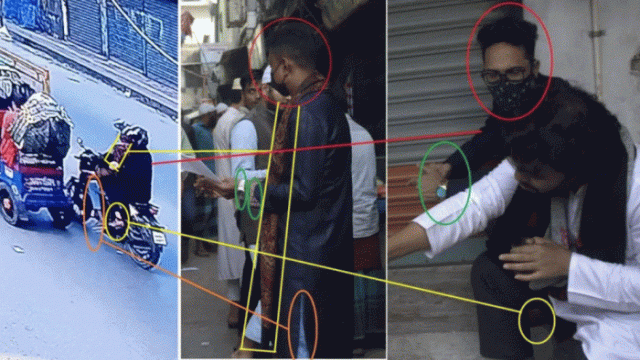
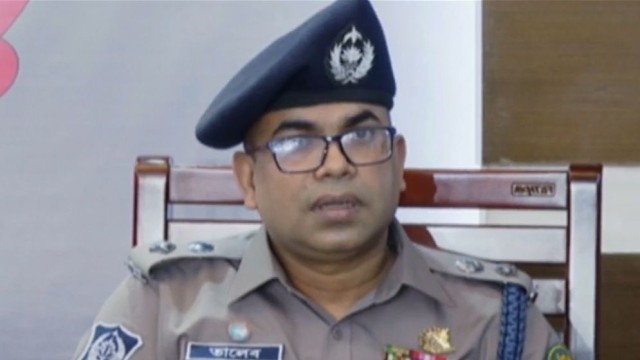
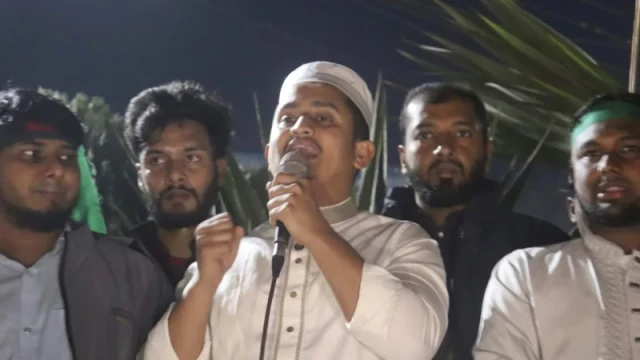
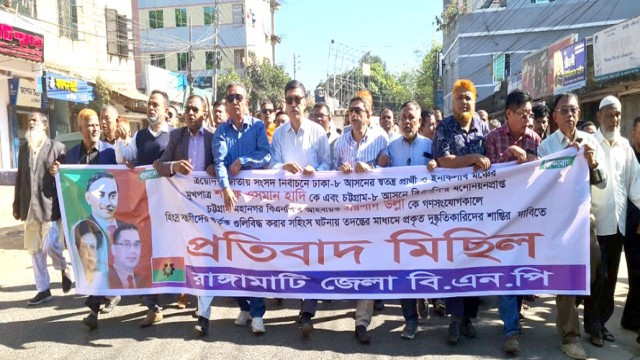
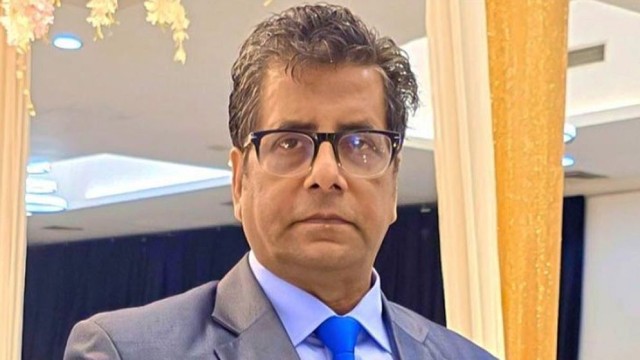
Comment: